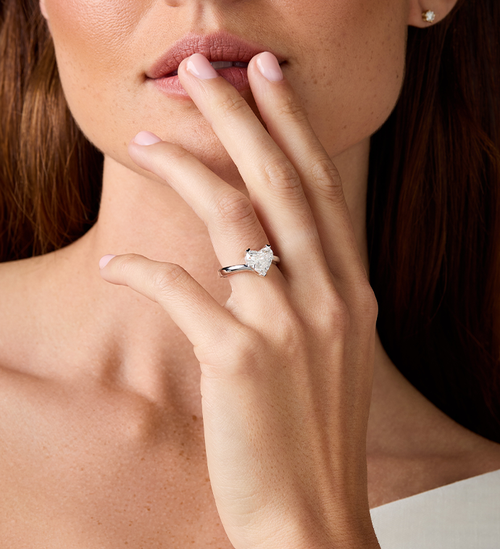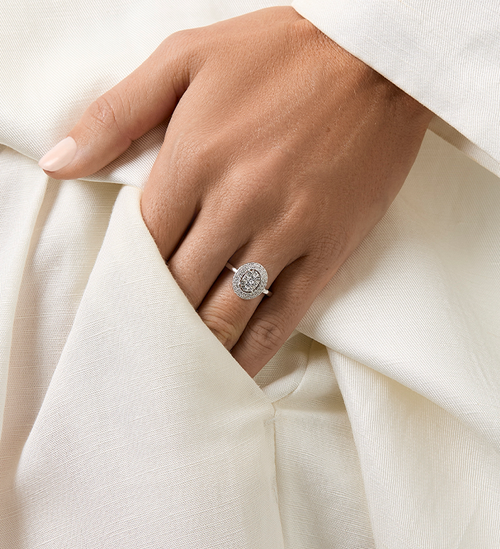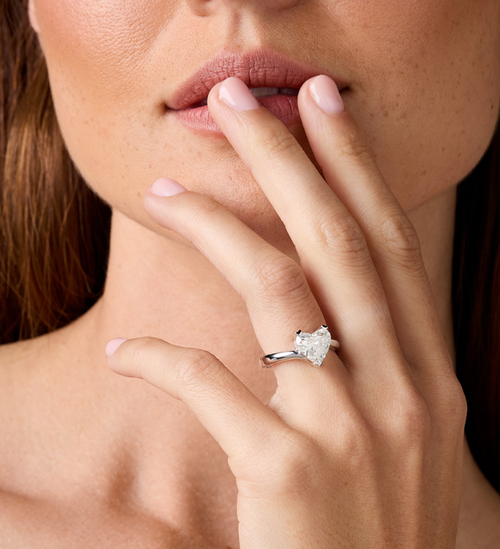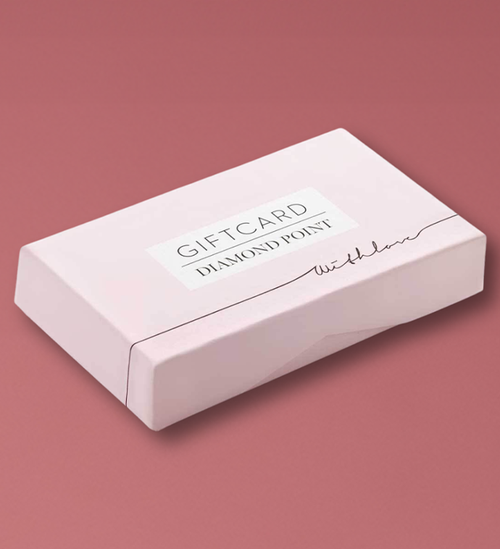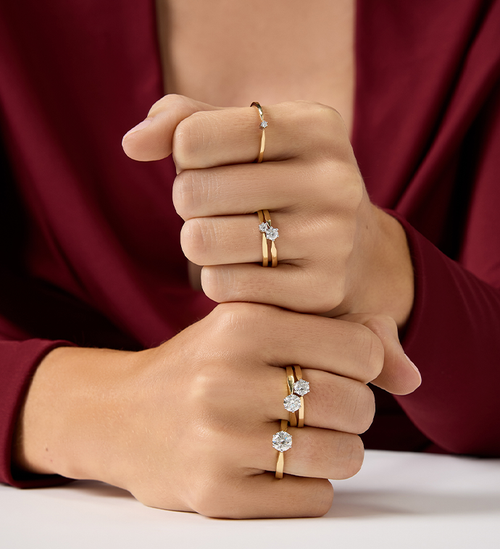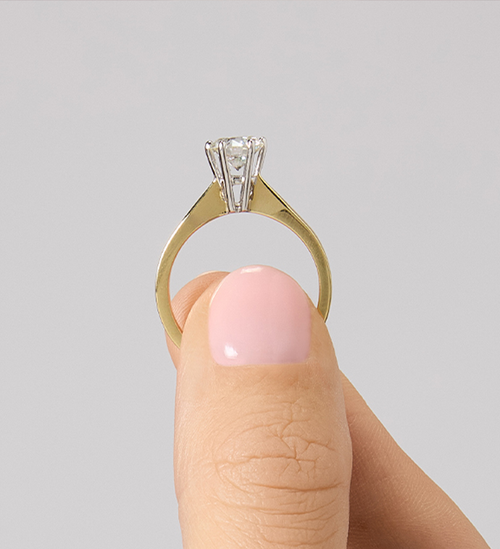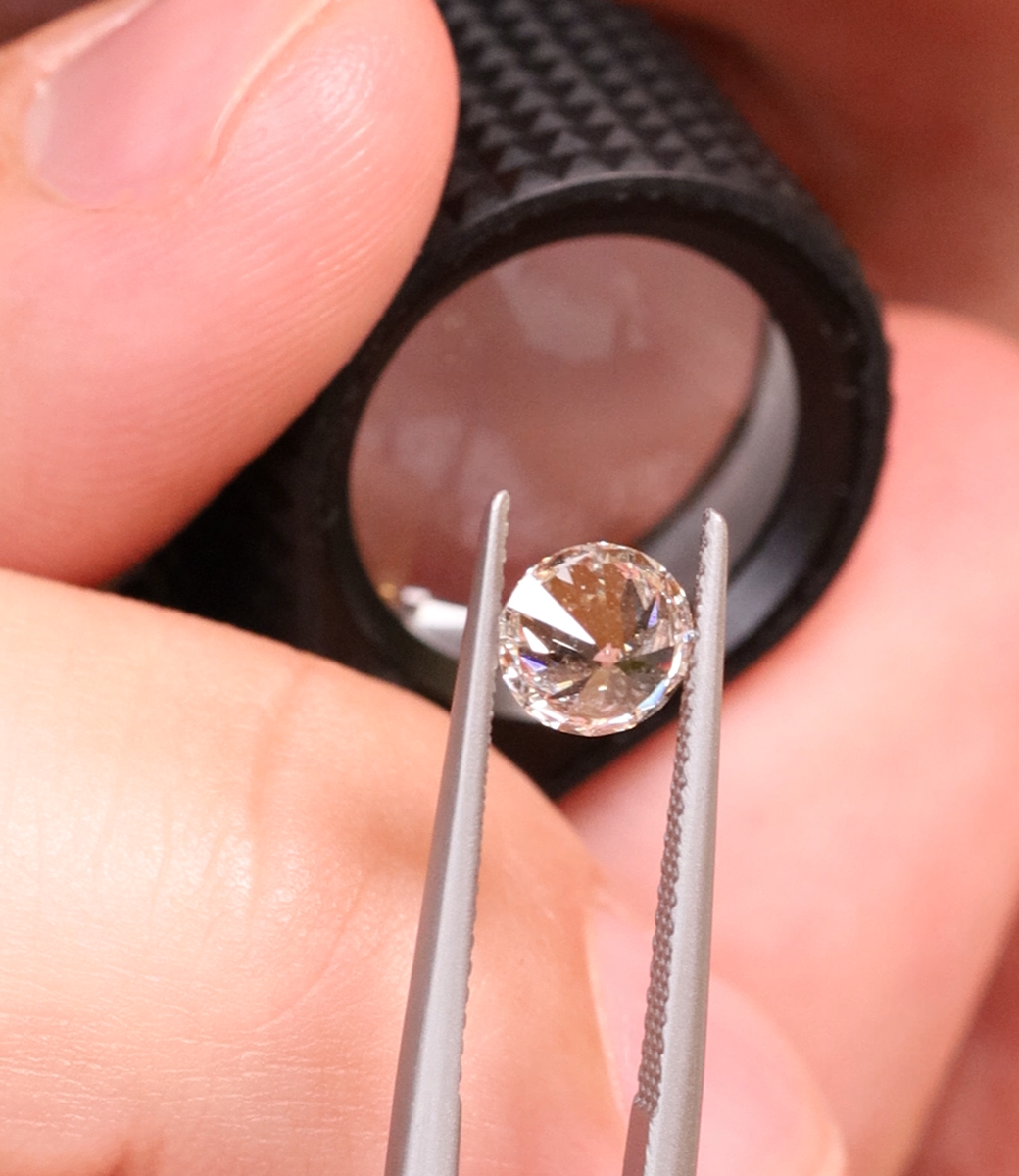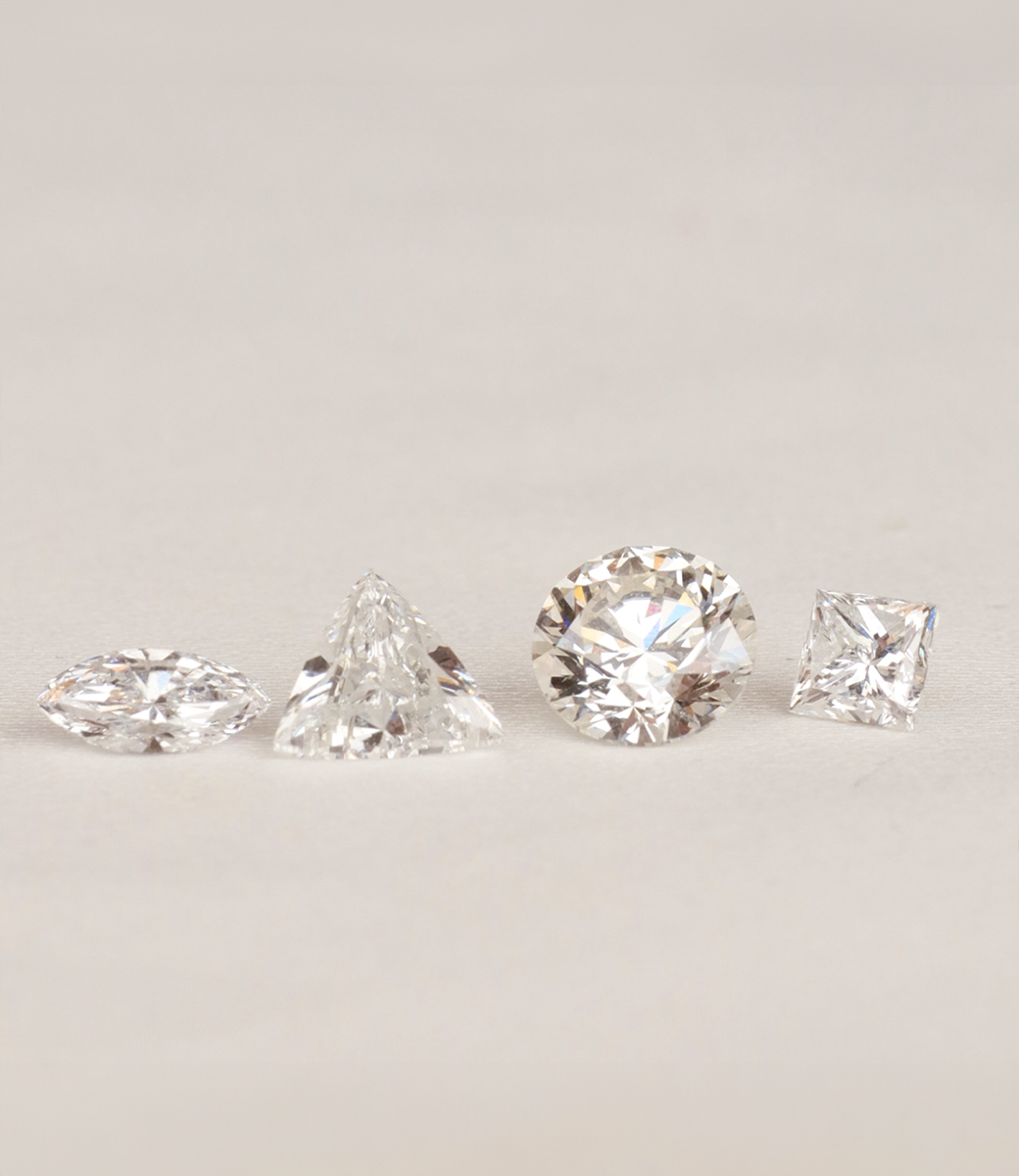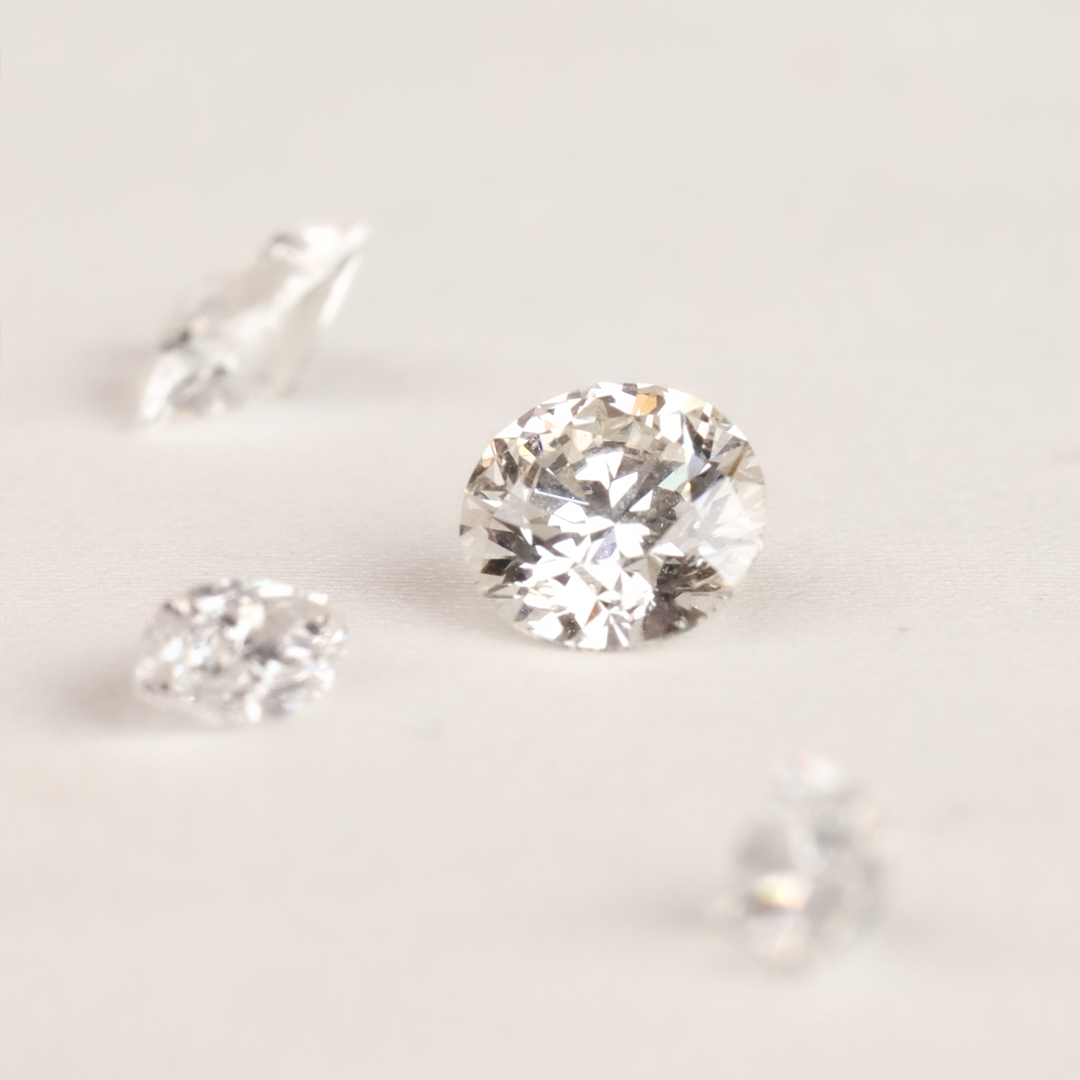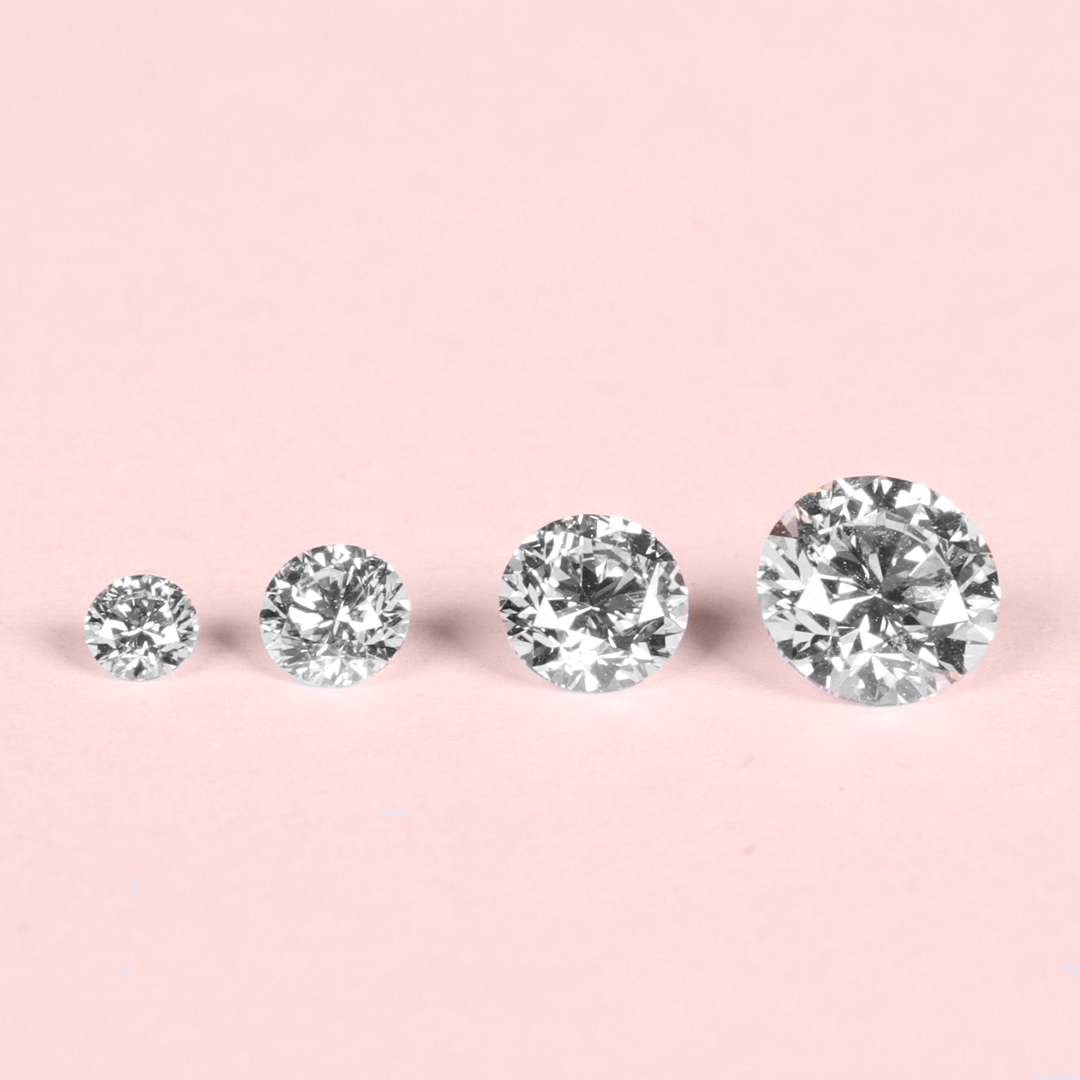Diamonds are rated on a scale of brightness, which starts with 'flawless' (flawless) without any visible inclusions or imperfections, and extends to 'included' (included), where impurities are easily perceptible with the naked eye. Between these extremes are gradations such as 'very, very small inclusions' (very very slightly included), 'very small inclusions' (very, slightly included), 'small inclusions' (slightly included) and, each with their own subtleties.
A diamond with a high clarity, such as flawless or very, very small inclusions, will show a beautiful sparkle and shine because there are few or no imperfections to disturb the light while travels through the stone. Such diamonds are rare and expensive, and they are often the choice of engagement rings and other jewellery invaluable.
On the other hand, diamonds with a slightly lower brightness still offer a brilliant sparkle and can represent an excellent value for those who want to combine beauty with budget reasons. When choosing a diamond, it is important to consider the brightness in combination with the other 4Cs - Carat (carat), cut (grinding shape) and color (color) - to find the perfect stone that matches your taste and needs . "


